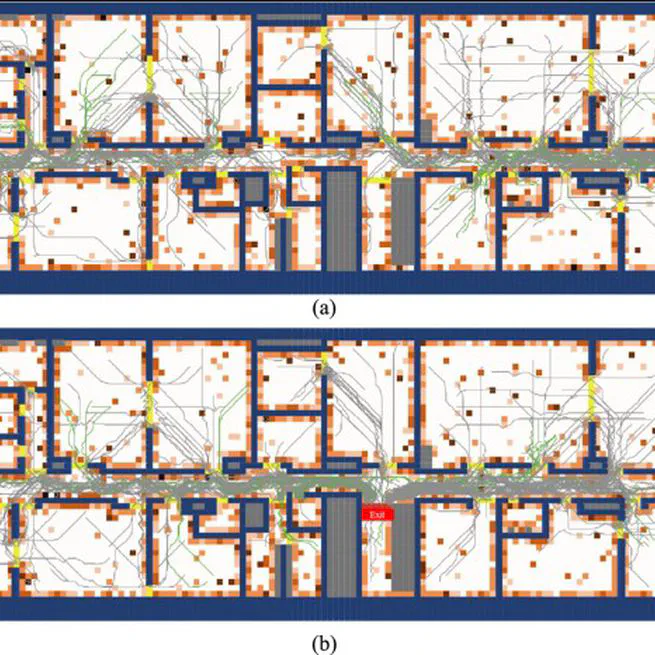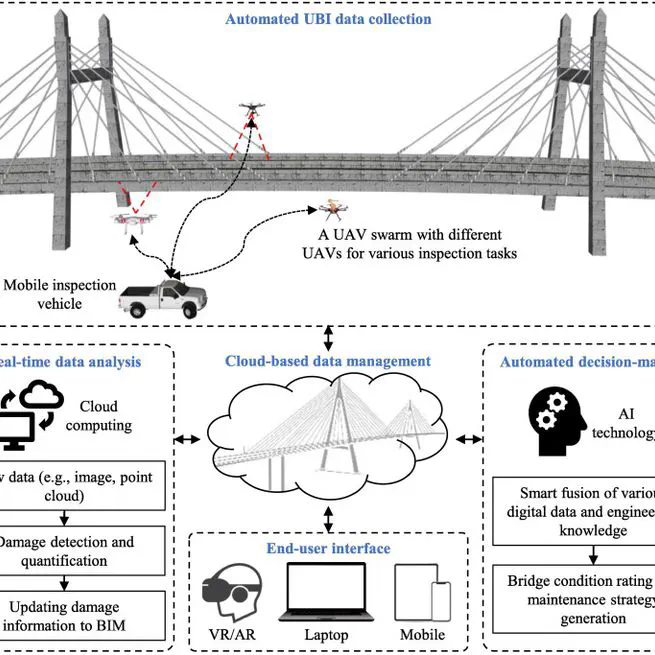Jun 18, 2019
Jun 18, 2019
Jun 18, 2019

Summary: Developing a simulation framework that considers how people behave during post-earthquake evacuations. It will consider human behaviours such as decision making and psychological/social patterns. The project aims to have a more human-centred design of buildings, where not only the mechanical and functional properties of a building matter in the design process, but also human behaviour. Ultimately, the simulation framework is used to predict how an evacuation will go when the building design is modified using human behaviour as input and can be improved before a building is constructed and occupied. Funder: New Zealand Ministry of Business, Innovation and Employment (MBIE) National Science Challenge (NSC) – Science for Technological Innovation (SfTI) Team: Vicente Gonzalez (PI; University of Auckland), Yang Zou, Jiamou Liu(University of Auckland) Duration: 2019-2022
Jan 1, 2019
Dec 17, 2018

Summary: In the aftermath of major earthquakes, rapidly capturing and quantifying the extent and severity of damage on buildings and critical infrastructure plays an important role in post-earthquake operations such as search and rescue, emergency repairs and long-term reconstruction. Current damage assessment practices, however, are labour intensive, time consuming and subject to errors, which also raise safety concerns for those engineers undertaking the inspections. To overcome this challenge, this project aims to develop a rapid, automated and data-driven method for post-earthquake bridge inspection by using Building Information Modelling (BIM) and 3D reconstruction. New algorithms are developed to reconstruct and analyse as-damaged bridge BIM to identify bridges’ damage grade and support decision making. To support further analysis, an Information Interpretation Engine (IIE) is developed to transform as-damaged BIM data to engineering analysis applications. Success of this project will not only add fundamental knowledge to post-earthquake damage assessment but significantly improve current engineering practice in New Zealand and worldwide. Funder: University of Auckland Faculty Research Development Fund (FRDF): New Staff Grant Team: Yang Zou (PI), Vicente Gonzalez (University of Auckland), James Lim (University of Auckland) Duration: 2019-2022
Jan 1, 2018
Jun 12, 2017
Nov 21, 2016